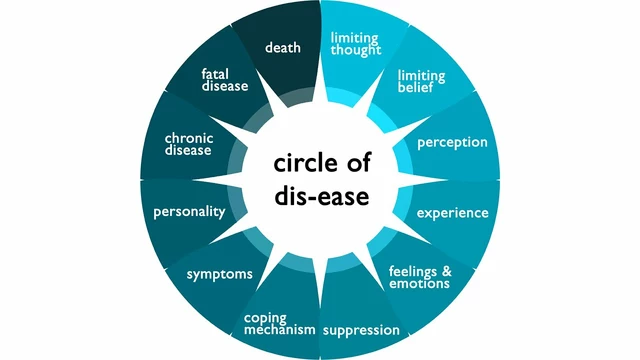Combination Products: What They Are and Why They Matter in Your Treatment
When you take a combination product, a single medication that contains two or more active drugs working together. Also known as fixed-dose combinations, these are designed to treat complex conditions with fewer pills—making it easier to stick to your plan. You’ve probably used one without realizing it: pills that combine blood pressure meds, diabetes drugs, or pain relievers with anti-inflammatories. They’re not just convenient—they’re often more effective because the ingredients are chosen to work as a team.
Why do doctors reach for these? Because some diseases don’t respond well to one drug alone. High blood pressure? A combination of a diuretic and an ACE inhibitor often works better than either alone. Diabetes? Metformin with sitagliptin can control sugar more steadily. These aren’t random mixes—they’re backed by clinical data showing improved results, fewer side effects, or better patient adherence. But they’re not perfect. If one ingredient causes a reaction, you can’t just stop that one part. And if your needs change, you might need to switch the whole combo instead of tweaking a single drug.
Combination products are especially common in chronic disease care, where managing multiple symptoms with minimal daily effort matters. Think of them as a toolkit packed into one box. But you still need to know what’s inside. Always check the label. Ask your pharmacist: What’s in this? Why was this combo chosen for me? Some combinations include older drugs with better safety profiles, while others combine newer agents that haven’t been tested long-term together. The drug combinations, pairs or groups of medications used together to treat a condition you’re on should match your health goals—not just your insurance formulary.
There’s also a growing trend toward combining medications that target different parts of the same problem. For example, one pill might lower cholesterol and reduce inflammation, or treat pain while protecting your stomach. These aren’t just convenience plays—they’re smart design. But they also mean you need to be more aware. Side effects can overlap, interactions can hide in plain sight, and if you’re taking other meds, your body might react differently than expected. Always review your full list with your doctor or pharmacist every few months.
What you’ll find in the posts below are real-world stories and clear explanations about how these combinations work, when they go wrong, and how to use them safely. You’ll see how people track adherence with multi-drug regimens, what happens when counterfeit versions sneak in, and why some combinations are safer than others. You’ll learn how to spot red flags, ask better questions, and understand what your pills are really doing—not just what the bottle says.




